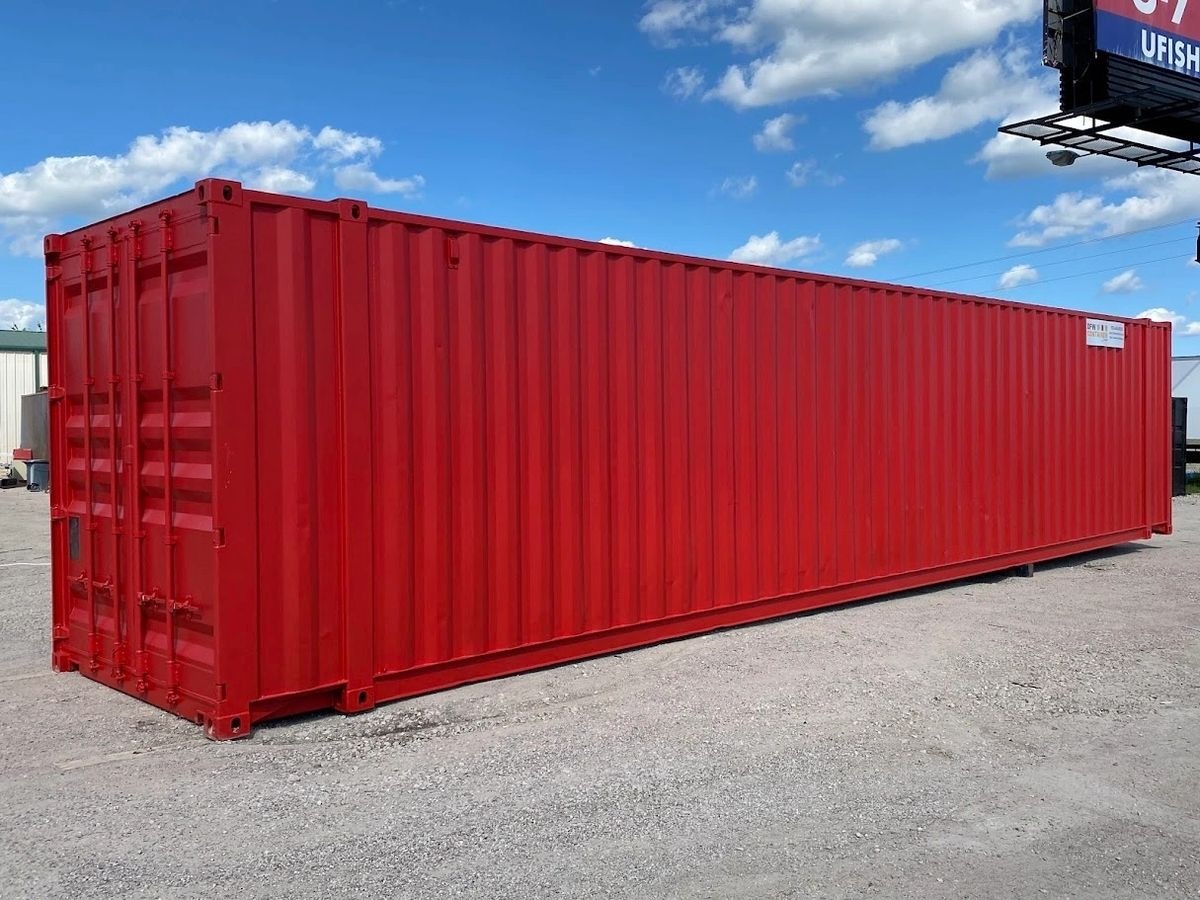20 Rising Stars To Watch In The Shipping Container Architecture Industry

Shipping Container Architecture: A Sustainable Future for Building Design
Worldwide of architecture and construction, innovation constantly pushes the limits of what's possible. One such trend that has actually acquired considerable traction in the last couple of years is shipping container architecture. This method transforms repurposed shipping containers into functional living and working spaces, providing an environmentally friendly, cost-efficient, and visually pleasing alternative to conventional building techniques. This post delves into the benefits, obstacles, and various applications of shipping container architecture while resolving often asked questions and providing a summary of the design process.
What is Shipping Container Architecture?
Shipping container architecture involves the design and construction of structures using intermodal containers as the main building material. These steel boxes, originally meant for transferring goods across oceans, are lauded for their strength, durability, and modularity. The trend has actually developed into a robust motion in sustainable structure practices, appealing to eco-conscious architects, contractors, and house owners alike.
| Key Features of Shipping Containers | |
|---|---|
| Materials | Steel, insulation products, glass, etc. |
| Modularity | Quickly stackable and movable |
| Resilience | Resistant to rot, bugs, and extreme weather condition |
| Affordability | Lower construction and operational costs |
Benefits of Shipping Container Architecture
- Sustainability: One of the most considerable benefits of shipping container architecture is its eco-friendliness. By repurposing these containers, home builders contribute to product reuse and minimize waste. Furthermore, their toughness extends the life cycle of the raw products, decreasing the need for new resources.
- Cost-Effectiveness: Shipping containers are typically less expensive than traditional building materials. Their availability in the second-hand market also adds to reduce expenses, making them an appealing option for budget-sensitive jobs.
- Speed of Construction: Shipping container structures can be built relatively rapidly, as a number of the parts are pre-fabricated. This speed permits for quicker occupancy, which is vital in housing crises or for short-term setups.
- Design Flexibility: Shipping containers can be combined, stacked, and modified thoroughly, providing architects with sufficient chances to develop distinct designs that accommodate specific needs and visual appeals.
- Mobility: Shipping container structures can be moved easily, making them ideal for short-lived structures or mobile living solutions.
Obstacles of Shipping Container Architecture
While the benefits of shipping container architecture are vast, it is important to think about the potential difficulties also.
- Insulation: The metal structure of shipping containers postures obstacles regarding temperature regulation. Shipping Container Solutions is necessary to guarantee comfort in both hot and cold climates.
- Zoning Laws and Regulations: Depending on regional regulations, getting permission to construct a shipping container home can be complicated. Each municipality has various building regulations that might not acknowledge shipping containers as acceptable structure materials.
- Modifications: While containers are structurally strong, modifications such as cutting and welding can damage their stability. Proper engineering is required to ensure security and durability.
- Rust and Corrosion: Shipping containers are designed for maritime usage, but prolonged direct exposure to moisture can cause rust. Treatments and coverings are frequently needed to fight this concern.
| Obstacle | Prospective Solution |
|---|---|
| Insulation | High-quality insulation materials and strategies |
| Zoning Regulations | Assessment with local authorities and adherence to codes |
| Modifications | Engage professional designers and engineers |
| Rust and Corrosion | Usage suitable finishes and placement methods |
Applications of Shipping Container Architecture
Shipping container architecture is flexible and can be used in various sectors. Here are some of the most popular applications:
- Residential Homes: Many house owners welcome container homes as a sustainable living choice. With imaginative designs and designs, they can be transformed into comfy, contemporary homes.
- Commercial Spaces: Retail stores, cafes, and workplaces can also benefit from shipping containers due to their distinct charm and rapid construction. Mobile food trucks have gained immense popularity as an outcome.
- Emergency situation Shelters: Shipping containers can be quickly modified into momentary housing systems for disaster relief situations, making them integral to humanitarian efforts.
- Pop-Up Developments: Container architecture enables for short-lived installations for occasions, festivals, or markets, offering unique experiences while reducing construction costs.
Designing with Shipping Containers
The design procedure for a shipping container task generally involves the following actions:
- Concept Development: Define the function and general vision for the container structure.
- Site Assessment: Evaluate the site for zoning constraints, gain access to, and utility connections.
- Container Sourcing: Identify and acquire the essential shipping containers based on size, condition, and budget plan.
- Architectural Planning: Collaborate with designers or design professionals to produce in-depth strategies, layouts, and structural engineering evaluations.
- Construction: Engage construction experts with experience in dealing with shipping containers, making sure that all modifications follow safety requirements.
- Ending up Touches: Install utilities, insulation, interior surfaces, and landscaping to complete the project.
Often Asked Questions
Q1: Are shipping container homes budget friendly?A: Yes, shipping container homes can be more cost effective than traditional homes, especially if you buy used containers and handle a few of the labor yourself.
Q2: Are shipping containers resilient?A: Shipping containers are remarkably durable and can withstand harsh weather, however correct treatment is required to lessen rust and corrosion.
Q3: Can shipping container homes be tailored?A: Absolutely! Shipping containers can be quickly modified to fit various design requirements, including design modifications and aesthetic choices.
Q4: Do shipping container homes require structure permits?A: Yes, building authorizations are generally needed, and it is necessary to examine regional zoning laws ahead of time.
Shipping container architecture represents a revolutionary and sustainable technique to developing design. With many benefits, including environmental advantages, cost-effectiveness, and design flexibility, this pattern is an excellent option for ingenious architecture. Nevertheless, prospective home builders must thoroughly consider possible challenges and the essential actions for an effective project. As society gravitates towards sustainable practices, shipping container architecture is likely to become a progressively feasible and attractive option for modern living and workplace.

